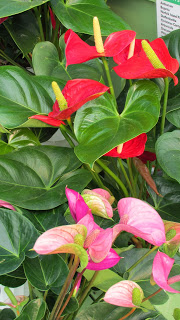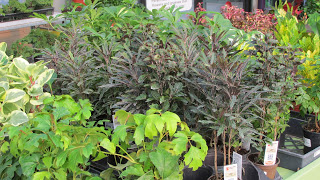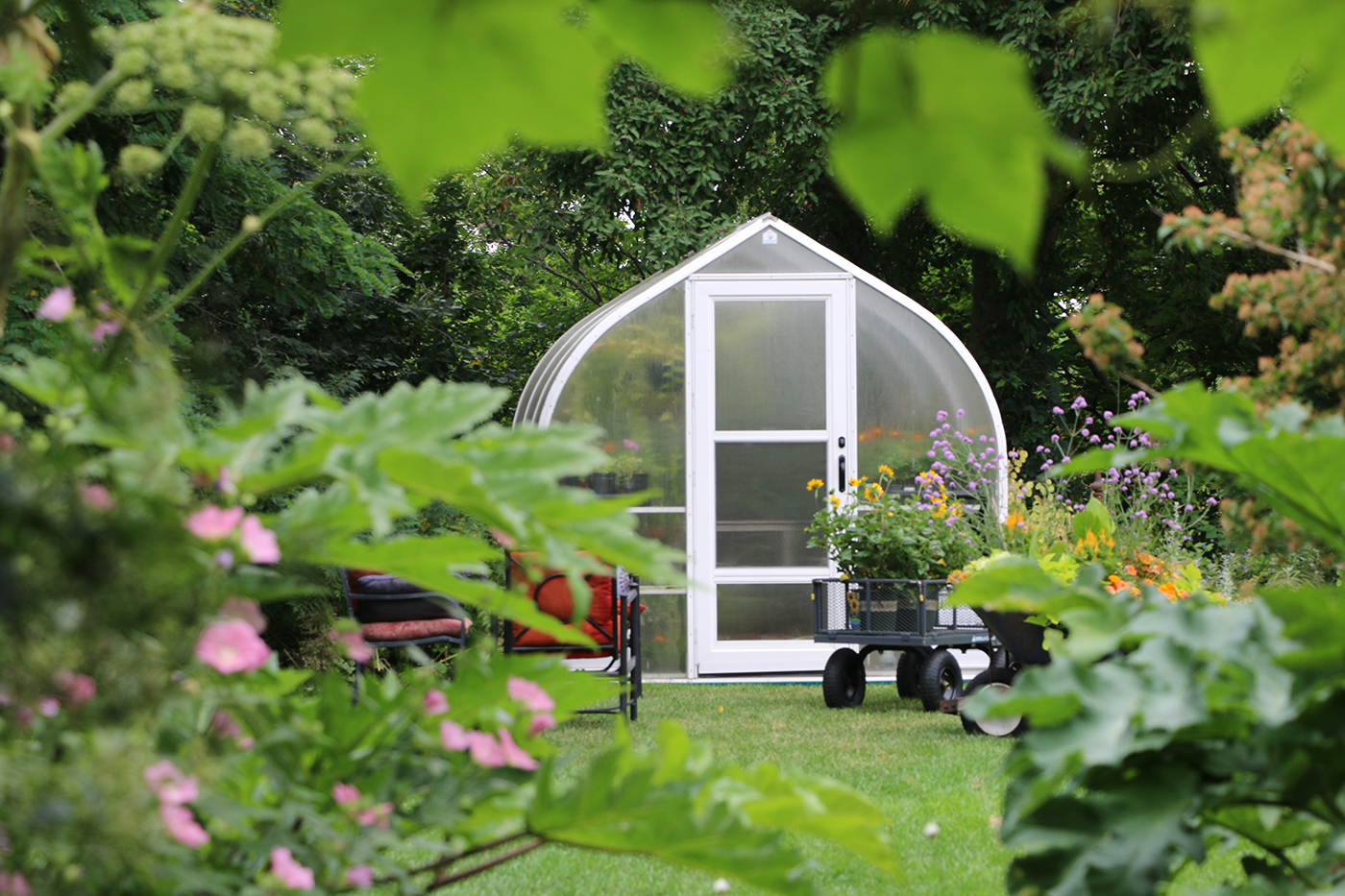
You don’t have to resort to plastic to have healthy (looking) houseplants. Sure, there are some plants that qualify as “fussy.” But there are far more houseplants that will thrive by following a few basic care guidelines.
Let’s take those guidelines one at a time. Over the next few weeks, we’ll look at watering, soil and repotting, light requirements, temperature and humidity, fertilizing, pests and summer care for winter health. Here we go.
Houseplant Rule #1: Mind your watering!
Dee is the supervisor of Tagawa’s Indoor Plant department. If you ask her about the most common cause of houseplant death, you’ll always get the same answer: overwatering! She cites a time many (many!) years ago when she bought a few dozen houseplants, and then proceeded to kill them all because she watered them when it was convenient for her, not necessarily when the plants needed it.
Healthy plants need healthy roots. Plants that routinely get more water than they can use will get root rot. The constantly-moist soil is simply an invitation for disease. Bottom line: water your houseplants only when the soil has begun to dry out. And remember that light levels can dramatically effect how much water your plants will need. We’ll talk in detail about plants’ light requirements in the next blog.
Tagawa’s has moisture meters that can help you understand how quickly (or slowly) your plants take up water. It’s impossible to say that thus-and-such plant will use X amount of water in a given period of time. It depends on where the plant is in your home or office, how dry the air there is, and how large the plant and its root system are, among other factors.
A helpful tip from Dee: Most plants do well if you allow the soil in the top one-third of the pot to dry out before watering again.. Then, make sure you water thoroughly, until water comes out the bottom of the pot. (That’s a not-so-subtle hint that you should always grow your houseplants in containers that have drainage.) Never leave the pot sitting in excess water.
Houseplant Rule #2: Good soil and good drainage are vital!
Even if you think your garden soil is terrific (does anyone around here think their soil is terrific?), don’t use that soil for your houseplants. The most basic T.L.C. for houseplants includes using a good, fresh commercial potting mix that drains well.
Don’t skimp! Buy the best soil you can afford. Tagawa’s has lots of good choices. Dee and our expert houseplant staff will be happy to help you pick the one that’s best for you.
It’s in the nature of organic matter to decompose… to break down over time. That means the “fluffiness” of the soil will decrease. It will become finer and more compact and won’t drain nearly as well as when it was fresh. The beneficial little pockets that once held bits of water and soil will disappear. Not a welcoming place for roots….
Houseplant Rule #3: Don’t repot too soon
A lot of times, when a plant isn’t doing well, people assume that repotting it, and increasing the pot size, will help. That could be a bad assumption.
Dee’s best advice is to investigate first. Knock the plant out of it’s pot. If roots have filled half or more of the pot, then you can usually move the plant to a slightly larger pot… maybe two inches larger.
If you jump to a much larger pot, the outer rim of the new soil won’t have any roots actively working in that area. The soil will stay too moist too long…. just what several plant diseases love to call home.
 More help awaits at Tagawa’s
More help awaits at Tagawa’s
Our good folks in Houseplants have lots of plant lists and care guides to help you overcome any sense of having a “black thumb.” And check back on my blog soon. Lots more tips coming on “Being Your Houseplants’ Best Friend.”
 More help awaits at Tagawa’s
More help awaits at Tagawa’s


